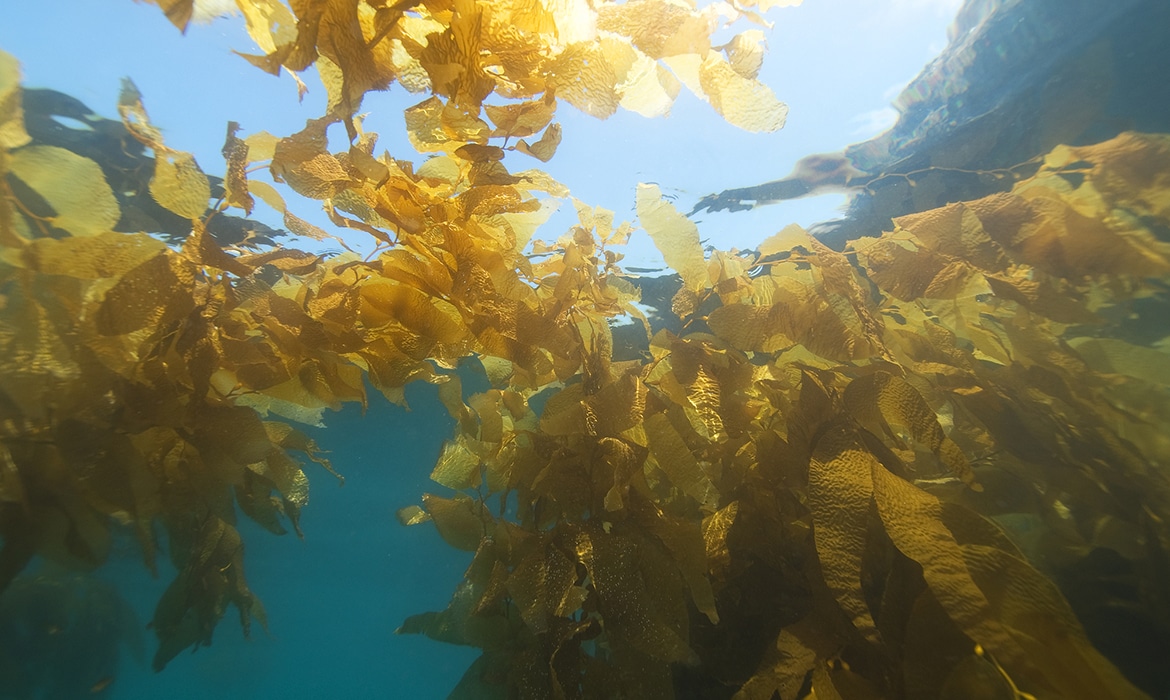(Photo: KGRIFF/Depositphotos)
Seaweed is not just for sushi.
The aquatic plant lifealready consumed widely across the worldis a burgeoning industry.
How do you create the seed?

A kelp forest. (Photo: KGRIFF/Depositphotos)
How do you design and engineer a farm?
How do you process it?
How do you market it?

Seaweed garden in Zanzibar, Tanzania. (Photo: OLEGDOROSHENKO/Depositphotos)
Production has been increasing by about eight percent per year.
Dobbins notes, If it continues at that pace seaweed will surpass potato production by around 2051.
Intensive seaweed farming is already common in Asia, but its expansion elsewhere offers much-needed jobs.

Seaweed farming is an industry that boosts women. (Photo:Wikimedia Commons,CC BY-SA 4.0)
The practice has been a boon to women entrepreneurs facing a shifting climate.
Aside from the job opportunities in the industry, seaweed cultivation has incredible potential to stymie climate change.
Land-based mass agriculture is brutal on the environment.
Fresh water use, methane emissions, and fertilizer run off are all harmful effects of agribusiness.
However, seaweed is grown without the need for fresh water.
It is also a carbon-negative plant.
Onestudyeven found that kelp could sink as much carbon as the Amazon rainforest.
While seaweed cannot save the planet on its own, it is a promising step.
Seaweed can also serve as an important food source for those who are or will suffer from food insecurity.
Resilient and nutritious, seaweed produces two to 11 timesmore biomassper unit than corn or wheat.
Theres a lot going for seaweed, but we want to verify its going to be done well.
Increasing access to knowledge and capital, as well as changing Western food habits, may take time.
Seaweed garden in Zanzibar, Tanzania.
Seaweed farming is an industry that boosts women.